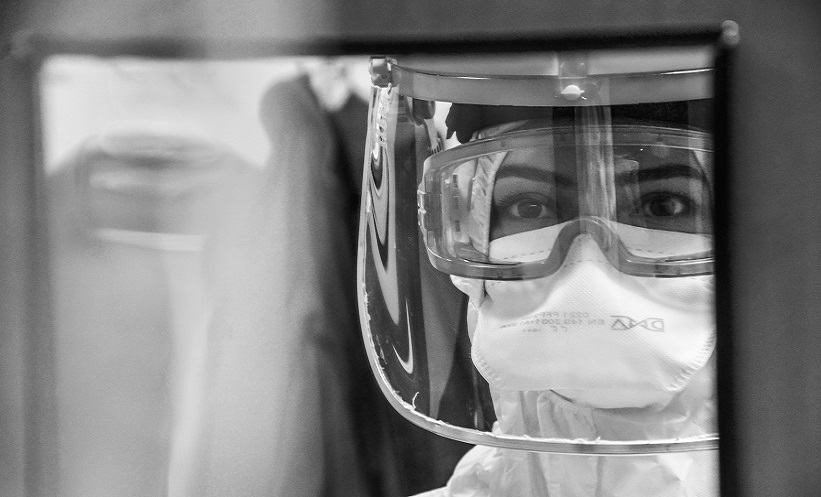ACUTE care hospitals are at high risk of methicillin-resistant Staphylococcus aureus (MRSA) healthcare-associated infections. The emergence of COVID-19 forced many facilities to focus their resources on the pandemic, causing various healthcare facilities to discontinue any combination of active surveillance (AS) or contact precautions for patients colonised (CPC) or infected (CPI) with MRSA, to liberate laboratory resources for COVID-19 and reduce the use of personal protective equipment. A novel prospective cohort study revealed facilities that opted not to suspend AS and contact precautions during the COVID-19 pandemic reported fewer healthcare-associated MRSA infections, especially in intensive care units (ICU).
The researchers performed a prospect cohort study to assess the impact of discontinuing three of these precautions, including AS, CPC, and CPI. They investigated records from 123 acute-care medical facilities, between July 2020 and June 2022, which had the opportunity to suspend any combination of AS, CPC, or CPI to free laboratory resources for COVID-19 testing and conserve personal protective equipment. The primary endpoint was the rate of MRSA healthcare-associated infections (HAI) per 1,000 patient-days in ICUs and non-ICUs.
During the analysis period, there were 917,591 admissions amounting to 5,225,174 patient-days, and 568 reported MRSA HAIs. The MRSA HAI rate for all infection sites in non-ICUs was 0.07 per 1,000 patient-days for facilities practicing AS, CPC, and CPI, compared with 0.12 for the facilities not practicing any of these strategies. The infection rates in ICUs were 0.2 and 0.65 for the respective policies. Hence, a reduction was observed when infection prevention methods were continued, and this trend was more significant in ICUs than in non-ICU settings. Even when the researchers restricted the analyses to MRSA bloodstream HAIs, they observed similar differences.
Despite accounting for monthly COVID-19 admissions, the trend between facility policy and MRSA HAI rates in ICUs or non-ICUs did not change. Overall, the MRSA HAI rates increased as the number of interventions decreased. Hence, the observed differences in rates between ICUs and non-ICUs should be carefully considered when making future policy decisions.








